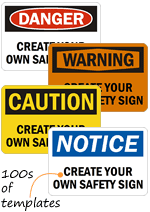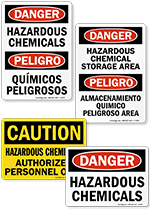Protect Workers from Heat Illness
 The body’s temperature is naturally self-regulating, as the body normally sweats to lower the body’s temperature in hot weather. But prolonged exposure to hot, humid conditions can cause workers’ body temperatures become dangerously elevated, a condition called heat illness. In 2014, over 2600 workers suffered from heat illness, and 18 died.
The body’s temperature is naturally self-regulating, as the body normally sweats to lower the body’s temperature in hot weather. But prolonged exposure to hot, humid conditions can cause workers’ body temperatures become dangerously elevated, a condition called heat illness. In 2014, over 2600 workers suffered from heat illness, and 18 died.
There are two major types of heat illness: heat exhaustion and heatstroke. Heat exhaustion is characterized by headache, dizziness, or fainting, weakness and wet skin, irritability or confusion, and thirst, nausea, or vomiting. Heatstroke is even more severe; workers suffering from heatstroke may be confused, unable to think clearly, pass out, collapse, or have seizures (fits). They may also stop sweating. Heatstroke can be deadly!
There are many ways to mitigate or prevent heat illness. The first is to take adequate precautions by wearing light-weight, light-colored, loose-fitting clothes and/or cooling protective clothing. Drinking lots of fluids is recommended. At a minimum, workers should drink at least one pint of water per hour, and avoid alcohol and caffeine. Workers should block direct sun and other heat sources, and arrange frequent rest periods with water breaks in shaded or air-conditioned areas. Employers should gradually increase workloads and allow more frequent breaks for workers to adapt to the heat, and use a buddy system. Workers at high risk of heat illness should be monitored.
If a worker gets sick, you should call a supervisor, or call 911. Someone should stay with the sick worker until help arrives, move them to a cooler/shaded area, remove their outer clothing, fan and mist them with water, and provide them with cool water if they are able to drink. If the worker is not alert, or seems confused, apply ice immediately and call 911.
Category: Resources













